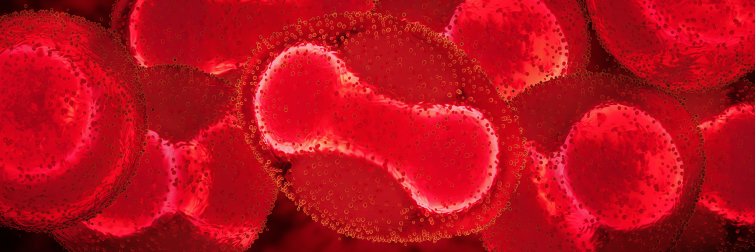
 News
News
Monkeypox: a detailed profile of the disease
Physicians and scientists from the Institut Pasteur, the Pasteur Network and ANRS | Emerging Infectious Diseases have conducted a review of the medical and scientific literature about monkeypox. The review, which paints a complete picture of the disease, was published in the New England Journal of Medicine on October 26, 2022. What are the signs of this disease? Where does it come from? How is it transmitted? Which populations are affected? How can we contain this type of emergence? While exploring these questions, let’s also review related projects (as AFRIPOX) supported by the Institut Pasteur and its partners.
Monkeypox is caused by the monkeypox virus, which belongs to the same family as the smallpox virus. After initially occurring in animals in Africa (especially squirrels and rats), the virus now circulates in humans. Diseases that follow this pattern of interspecies transmission from animals to humans are known as emerging zoonoses. Monkeypox is transmitted through contact with skin lesions or infected bodily fluids. The disease is primarily characterized by a skin rash which lasts for one to two weeks. In the vast majority of cases it clears up on its own, and severe forms are rare, occurring mainly in children and immunocompromised patients. The name of the disease can be a source of confusion: although the monkeypox virus was initially isolated in a monkey colony, it is probably transmitted to humans from rodents in African tropical rainforests. However, the precise animal reservoir(s) have not yet been formally identified.